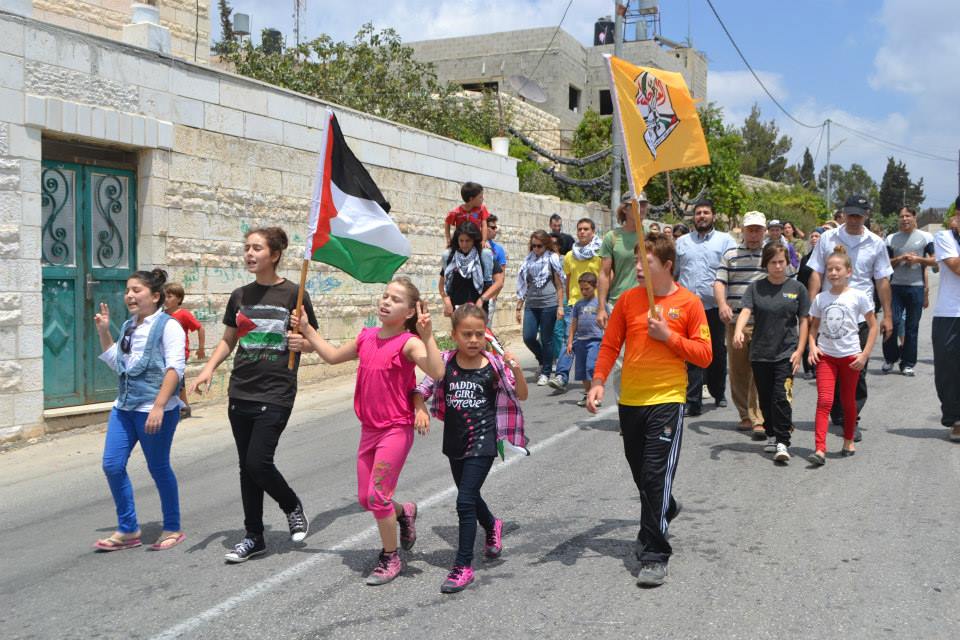Tag: Tear-Gas Canister
-
Video- Israeli forces raid Nablus during Ramadan
23rd July 2013 | International Solidarity Movement, Nablus Team | Nablus, Occupied Palestine Tonight 23rd July 2013, the Israeli army invaded Nablus and shot large amounts of tear gas canisters and sound bombs at Palestinian youth trying to push back the invading forces. At around 2:45am, Israeli army invaded Faisal Street, the main artery that…
-
Video- Kafr Qaddum demonstration against the Prawer Plan violently repressed by the Israeli army
20th July 2013 | International Women’s Peace Service | Kafr Qaddum, Occupied Palestine On Friday 19 July, the residents of Kafr Qaddum gathered for a demonstration against the Prawer Plan, an Israeli government plan that will ethnically cleanse the occupied al-Naqab desert. Protesters were violently attacked by Israeli soldiers who repeatedly raided the village firing…
-
Photo essay: Israeli activist injured with a rubber-coated steel bullet at Nabi Saleh demonstration
19th July 2013 | International Solidarity Movement, Ramallah Team | Nabi Saleh, Occupied Palestine Today, around fifty Palestinians together with Israeli and international activists marched from the centre of Nabi Saleh down the main road towards the stolen spring. Protesters made barricades of burning tyres to prevent Israeli forces from raiding the village. Soon after…


